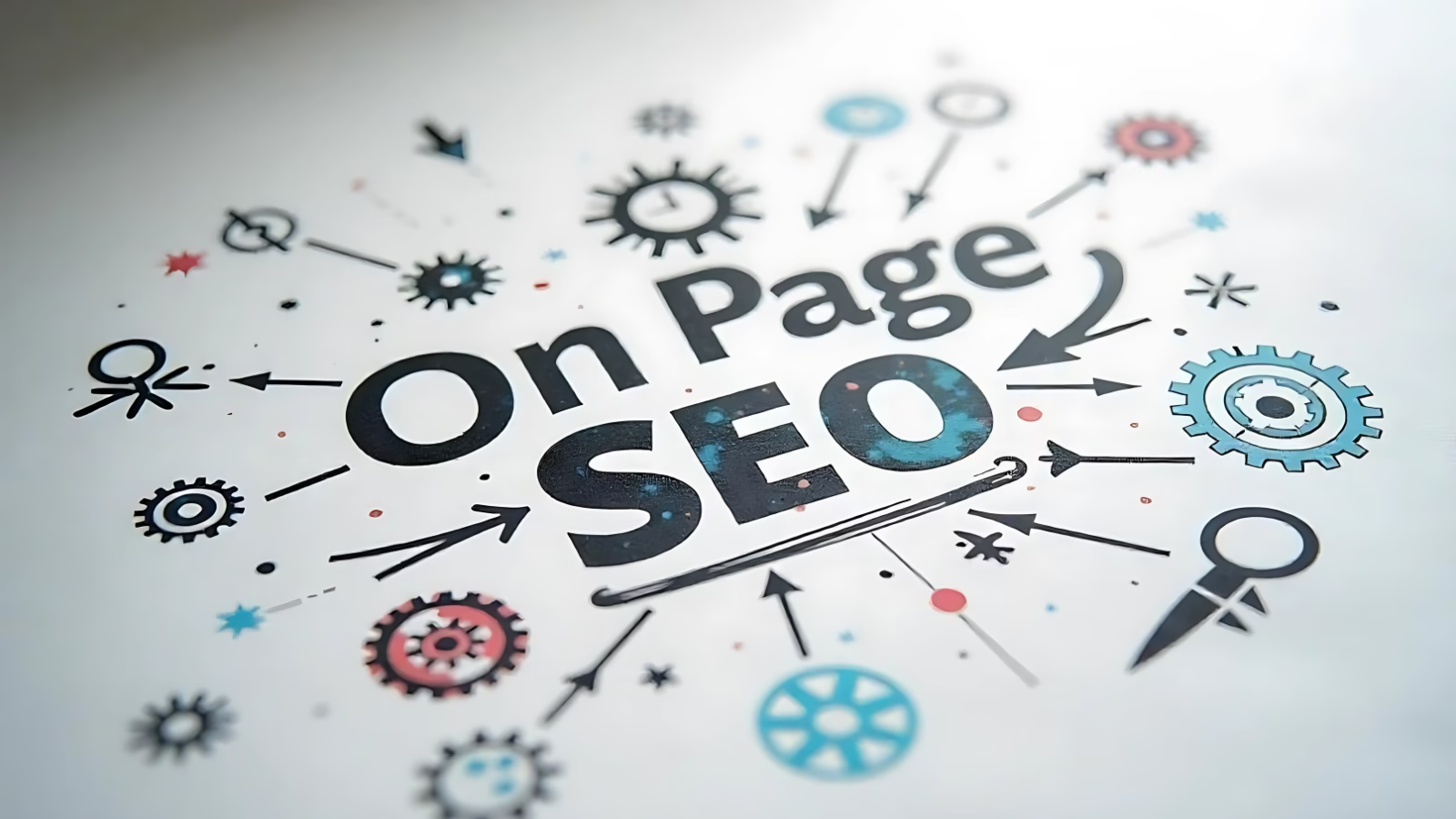Master On-Page SEO: Optimize Your Website & Rank Ahead
On page SEO is the backbone of every successful website, and if you’re serious about climbing the search engine rankings, mastering it is non-negotiable. Whether you’re in the USA, UK, Korea, or Thailand, implementing strong on-page SEO practices will help your site attract more visitors, engage your audience better, and significantly boost your online presence.
This comprehensive guide walks you through everything you need to know about on-page SEO—from what it is, why it matters, actionable optimization techniques, to future trends you need to watch. By the end of this post, you’ll have a step-by-step plan to turn your website into a search engine magnet.
What is On-Page SEO?
On-page SEO refers to all the optimizations made directly on your website to improve its visibility and relevance to search engines. It’s about ensuring that search engine bots and humans can easily understand your content, structure, and purpose.
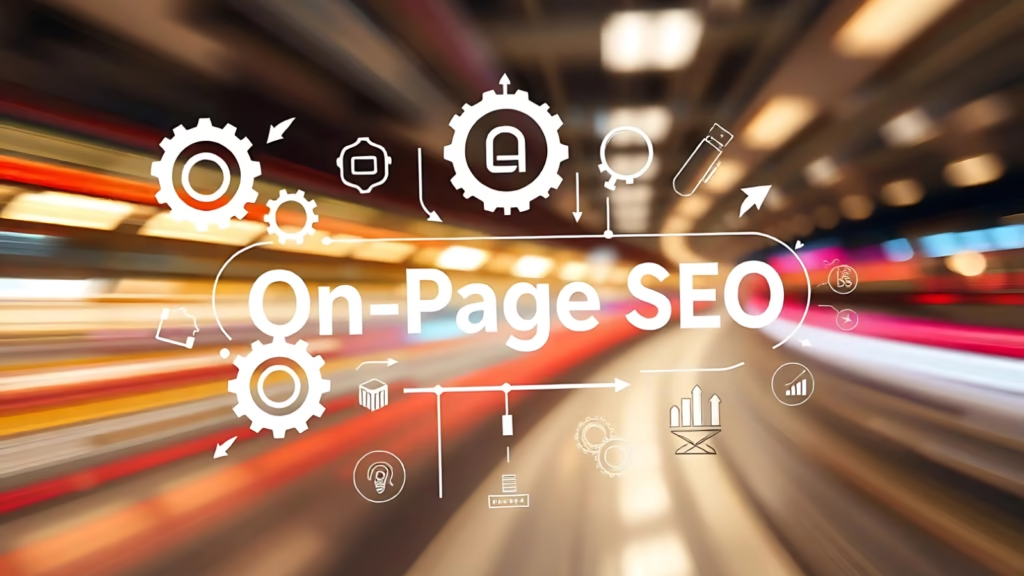
How is On-Page SEO Different from Off-Page SEO?
While on-page SEO focuses on internal elements you can control—like content, meta tags, and internal links—off-page SEO revolves around factors external to your website, such as backlinks, social shares, and domain authority. Think of on-page SEO as building a solid foundation and off-page SEO as reinforcing that foundation from the outside.
Quick Example:
- On-Page SEO = Optimizing your blog’s readability and structure.
- Off-Page SEO = Getting other websites to link to your blog post.
Mastering both is essential, but it all starts with getting your on-page elements just right.
Why Does On-Page SEO Matter?

Great on-page SEO doesn’t just cater to search engines—it also improves user experience (UX). When your website offers valuable, easy-to-read content with quick load speeds and a clear structure, visitors stay longer, and bounce rates drop. This signals to search engines that your site deserves a higher rank.
Key Benefits of On-Page SEO:
- Higher Rankings in search results, making it easier for your audience to find you.
- More Relevant Traffic, ensuring you attract visitors likely to engage with your content or offerings.
- Improved User Experience, leading to better engagement and conversions.
Here’s a compelling stat to demonstrate this link: Websites that rank on the first page of search results capture 91.5% of all traffic (source).
Key Elements of On-Page SEO
When optimized correctly, these core elements can drastically improve your rankings. Here’s what you should focus on:
1. Content
Goal: Provide value while targeting primary and secondary keywords.
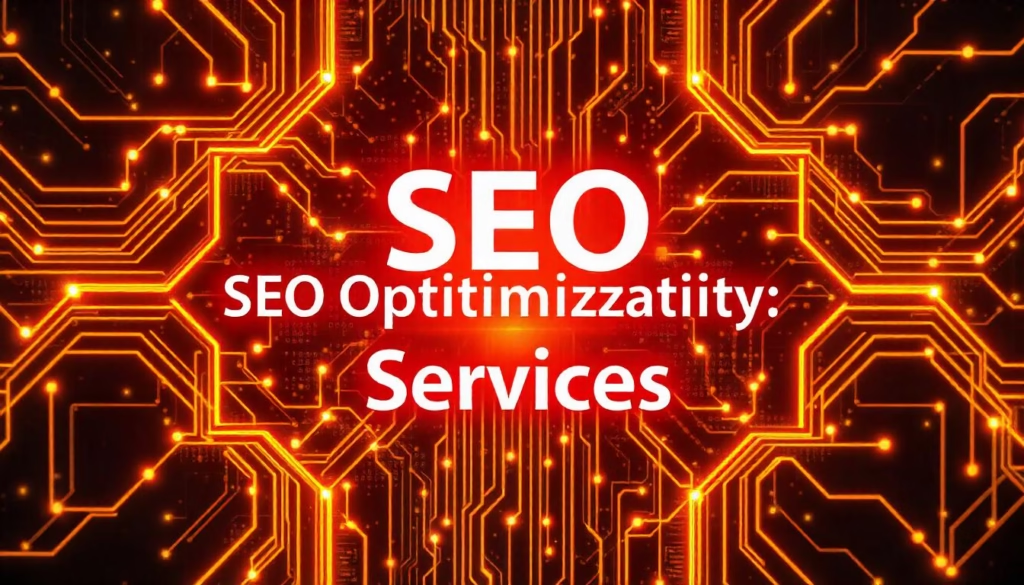
Use keyword research tools like Ahrefs or Google Keyword Planner to identify the terms people search for.
Write concise yet engaging content that solves your audience’s problems.
Format content for readability using short paragraphs, bullet points, and subheadings.
Example of optimized content structure:
- H1 Title
- H2 Headers
- H3 Subheaders for Clarity
2. Meta Tags
- Goal: Use compelling and keyword-rich meta titles and descriptions to improve clickthrough rates (CTR).
- The meta title (ideal length: 50–60 characters) should hook the reader and include the target keyword.
- The meta description (ideal length: 120–155 characters) should give an engaging snapshot of the page content.
Example Meta Title:
“Master On-Page SEO with These 7 Proven Strategies”
Example Meta Description:
“Learn actionable SEO techniques to improve rankings, enhance user experience, and grow website traffic. Start optimizing your site today!”
3. URL Structure
- Goal: Keep URLs concise and easy to read.
- Use this structure for better clarity and ranking:
- `www.example.com/on-page-seo-guide` instead of
- `www.example.com/p=12345/xyzdf/36597`.
4. Internal Linking
- Goal: Create a logical structure that helps readers and search engines understand your site hierarchy.
- Link to related pages to increase time-on-site and pass SEO value.
- Use descriptive anchor text for relevance.
5. Image Optimization
- Goal: Ensure visual content doesn’t slow down your site and enhances accessibility.
- Compress images using tools like Tiny PNG.
- Add descriptive alt text that includes your keywords.
On-Page SEO Checklist:
- Element
- Optimization Tip
- Keywords
- Use targeted keywords naturally.
- Meta Tags
- Write clear, keyword-rich titles/descriptions
- Headers
- Use H1 for titles, H2/H3 for subsections.
- Internal Links
- Link to at least 2-3 relevant pages.
- Page Speed
- Optimize loading time for <3 seconds.
Step-by-Step Guide to Implementing On-Page SEO Services
Conduct Keyword Research
Use tools like Semrush or Ahrefs to find long-tail keywords with high intent. Target a mix of high and medium-competition terms.
Write Engaging Meta Titles & Descriptions
Include your focus keyword and make it intriguing enough to draw clicks.
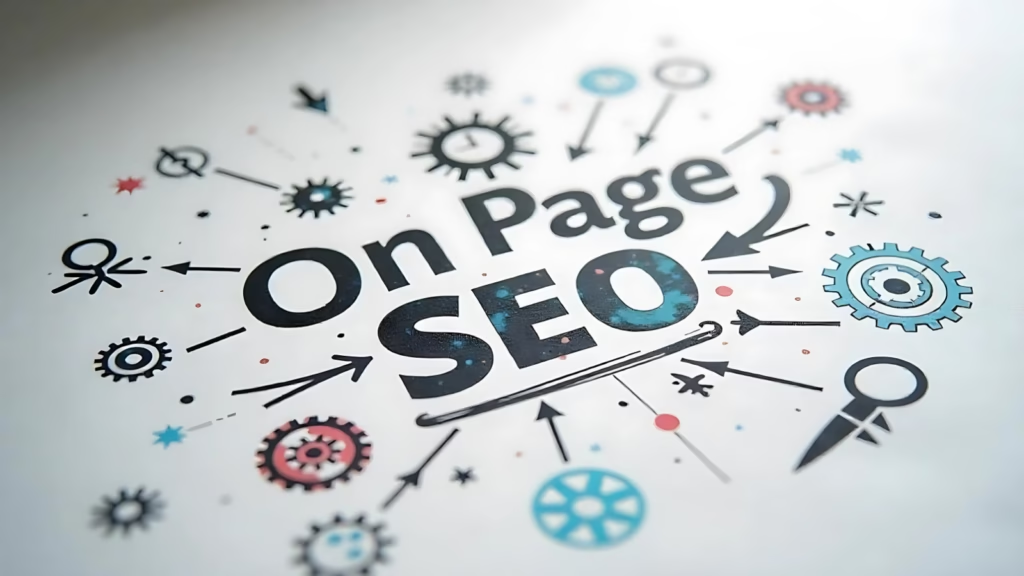
Optimize Headers and Content
Structure your content using H1, H2, and H3 tags. Write for your readers first, but be strategic with keyword placement for SEO.
Improve Site Speed
Compress large files, use a Content Delivery Network (CDN), and ensure your site is mobile-friendly.
Add Internal and External Links
Link to other high-authority sites to enhance credibility, and create internal links to improve navigation.
Monitor and Measure Success
Use tools (like Google Analytics) to track rankings, organic traffic, and bounce rates.
Tools and Resources for On-Page SEO
Here’s a roundup of useful tools to streamline your efforts:
Google Analytics for monitoring traffic and performance.
Yoast SEO for on-page recommendations (WordPress users).
GTmetrix for diagnosing speed issues.
Ahrefs/Semrush for keyword research and SERP analysis.
Case Study: How On-Page SEO Boosted Traffic for [Example Business]
The Challenge: A Thai online store struggled with low rankings and high bounce rates.
The Solution: They focused on fixing metadata, improving image optimization, and restructuring their site hierarchy.
The Results:
Organic traffic increased by 45%.
Bounce rates dropped by 30%.
Future Trends in On-Page SEO
Voice Search Optimization
With voice assistants like Alexa and Siri dominating, optimizing for conversational keywords is vital.
Video SEO
Adding subtitles, transcripts, and optimized thumbnails can put your videos in front of a larger audience.
AI Content and Schema Markup
Tools like Jasper and structured data provide context to search engines, improving rankings.
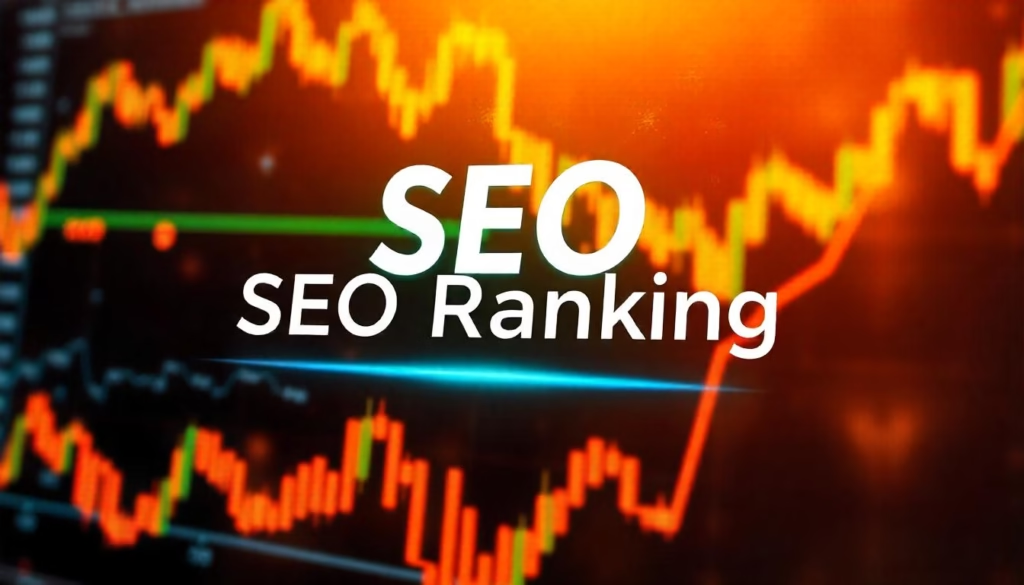
Take Your Website to the Next Level
By implementing these on-page SEO strategies, you can transform your website into a high-performing asset. Remember, SEO is not a one-time effort—it’s an ongoing process that evolves with search engine algorithms and user needs. Backlinks
Need guidance or tools to fast-track your optimization efforts? Check out our free SEO checklist and start ranking higher today!

